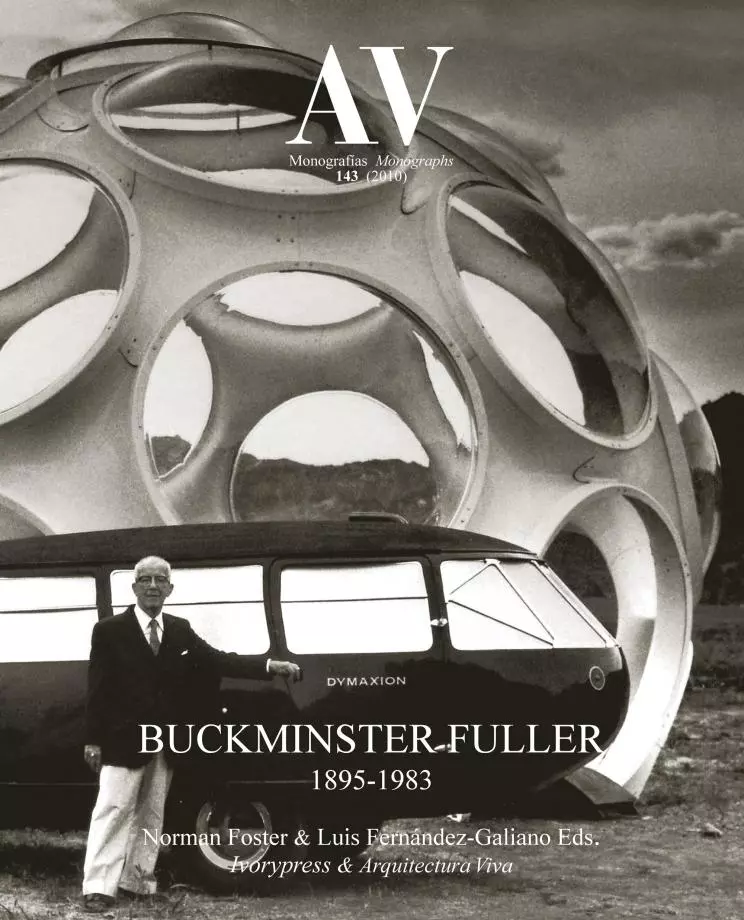Bucky Fuller & Spaceship Earth

Richard Buckminster ‘Bucky’ Fuller (1895-1983) was an American genius who defied categorisation. He could be described as a green environmentalist, prophetic visionary, architect, mathematician, mapmaker and teacher, although he is most popularly known for his geodesic domes. I was privileged to collaborate with Bucky for the last 12 years of his life and this had a profound influence on my own work and thinking. Inevitably, I also gained an insight into his philosophy and achievements. With Luis Fernández-Galiano, coeditor of this issue, we have tried to show Bucky and the range of his work in the context of his time. Bucky’s early career coincided with the streamline age, which touched everything from the design of Zeppelins and aircraft to cars and trains and even houses. We cover his most radical proposals in the late twenties and thirties of the past century, charting the key chapters of Bucky’s long career, who would end up being an inspiration for the green movement of the sixties and seventies. In 1951 Fuller drew attention to the ecological issues of today when he referred to ‘Spaceship Earth’ and the fragility of the planet, as such his work and observations are even more important now than they were in his lifetime.
Norman Foster
Fuller was one of the heroes of my generation. For those of us who began our university studies in 1968 – the year of the French May and the Prague Spring, but also of the Whole Earth Catalog, the bible of American counterculture – and ended them with the first oil crisis in 1973-74, architecture could not be separated from the social mutations spurred by alternative movements and from the technical change stimulated by the exhaustion of fossil fuels. Within this agitated context, geodesic structures invited a reconciliation with nature through a form of shelter as elementary in its means as it was sophisticated in its geometry. Unlike Foster, with whom I have had the fortune to collaborate in the preparation of this issue, I never met Buckminster Fuller, and I can only be pleased to have directed in its day the Spanish edition of Shelter, the book by Lloyd Kahn that was the architectural brother of the Catalog, and where the geodesics of Fuller had a prominent place. These experiences of youth are extended now with this unique monograph, which appears coinciding with the exhibition on Bucky Fuller at the Ivorypress gallery in Madrid, jointly curated by Foster and myself, but the fruit above all of the energy and vision of Elena Ochoa.
Luis Fernández-Galiano





